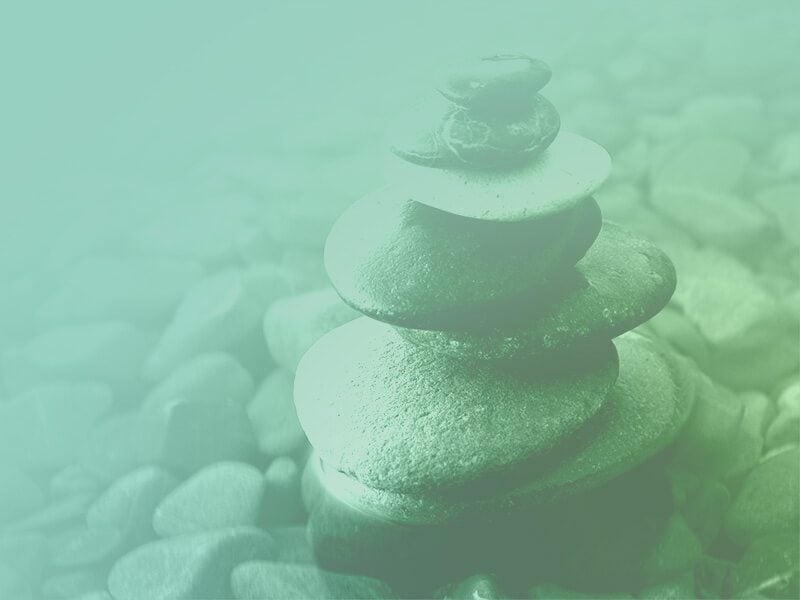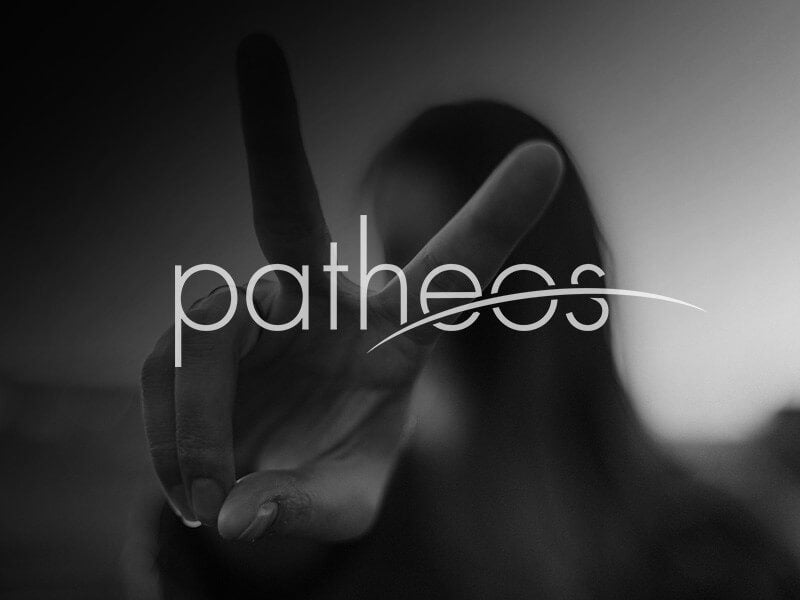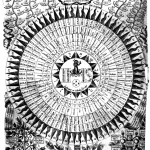Seven or eight years ago, my doctor told me I need to lose a whole lot of weight. She put me on a low carb diet, and I lost 70 pounds. I kept it off for a while, but eventually I got tired of dieting, and over the last three years I’d put 40 of those pounds back on. Starting late last year, I made a concerted effort to get them off again, and only succeeded in keep my weight stable…until, a month or so ago, I read Gary Taubes’ book Why We Get Fat: And What To Do About It. Since then, I’ve dropped approximately 8 pounds with no real effort.
I should note, I’m not anything like a diet book junkie. The only other diet book I’ve read is The No-S Diet, which was responsible for me putting the first 20 of those 40 pounds back on. I’ll also note that Why We Get Fat is not your typical diet book. It’s not about eating less and exercising more and lots of rah-rah stuff to inspire you to try harder.
Instead, it’s a book about what makes your body take on and burn fat.
I had always thought that putting on weight worked like this:
- You eat food.
- Your body digests the foot, and all of the nutrients and calories enter your blood stream.
- Your body burns some of those nutrients and calories for fuel.
- Whatever is left over—the nutrients that are getting past their sell-by date, as it were—eventually get packed away in the form of fat.
Hence, in order to lose weight you need to exercise more, so that you don’t have any nutrients left to turn into fat.
It turns out that this is not the case. The first part is true: the food you eat turns into nutrients that enter your bloodstream to feed your tissues. But the second part isn’t. Your blood flows by both your muscle cells and your fat cells like a buffet on a conveyor belt, and both kinds of cells consume as much as they like. If your fat cells are set to pull lots of nutrients out of your blood and sock it away, you’re going to get fat.
Taubes describes a study, done in the last ten years, in which two groups of white rats had their ovaries removed. The goal of the study was to determine the effect of having no estrogen. One group of rats was allowed to eat as much as they liked; the other group was fed the same diet as they would usually get.
Both groups of rats became obese. The difference between the two was that the rats that could eat as much as they liked were normally active, well the rats on the constrained diet moved as little as they could manage. You see, fat uptake is determined by hormones, and without estrogen the fat cells got turned up to eleven, and in effect stole energy from the rest of the rats’ bodies.
There are a number of hormones that control fat uptake; and the main one that’s affected by diet is insulin. The more insulin in your blood, the more fat your fat cells squirrel away. And the more carbohydrates you eat, the more insulin in your blood.
It’s a fascinating book; Taubes is a skilled writer, and he makes a compelling case. But the proof of the pudding is in the eating, so to speak, and in the month or six weeks since I read it, I’ve lost about 8 pounds. What did I do?
I cut out sugars and starches almost completely. This is not that different than what I was trying to do before.
Of the things that were left in my diet, I looked at their glycemic indices. That’s a measure of how quickly the food gets converted into glucose. And I cut out foods that have a significant glycemic index. For example, I’d always thought of beans as a protein food. But most beans also have a lot of starch, and a glycemic index of about 15. Carrots, by comparison, have a certain amount of sugar but a much lower glycemic index. So I eat carrots sparingly, and I’ve mostly cut beans out of my diet.
Third, Taubes suggests that if you listen to your body, you’ll eat what you need. Previously I’d been trying to eat only at mealtimes, and enough that I didn’t get hungry between meals. The upshot of that was that I never really got hungry. What I’m doing now is trying to adjust my meal sizes such that I get hungry maybe half-an-hour before the next meal. That means I’m consciously eating less at meals. But the promise is, I don’t need to be hungry. If I get hungry at some other time, I’m allowed to eat as much as I’d like—until I get full, and only from the approved list.
And it’s working. I’m eating less at breakfast and lunch, and much less at dinner, than I used to. Sometimes I have a snack in the afternoon, or after dinner, but not always, and only if I’m actually hungry. And here’s the weird thing: in the old days, when I was eating foods with more carbs in them, I never really got hungry…but I always wanted more to eat. When I think about some of the “snacks” I used to have in the afternoon, it boggles my mind.
Be clear: I’m not saying, “Gosh, I just gathered my will-power and cut down my food intake, and I’m losing weight.” What I’m saying is that by cutting certain things out of my diet, I’m not only eating less, I’m wanting less. And the weight is coming off. My weight is generally more stable from day to day, with a slight downward trend; my digestion is better; the only annoying part is eating away from home, where it’s sometimes hard to get the right things.
Put it like this: we had three birthdays during the last week at our house. I lost weight. ‘Nuff said.
Update: Please note, all I’m claiming is that the book made sense to me, and that it seems to be working for me. Different things work for different people.











